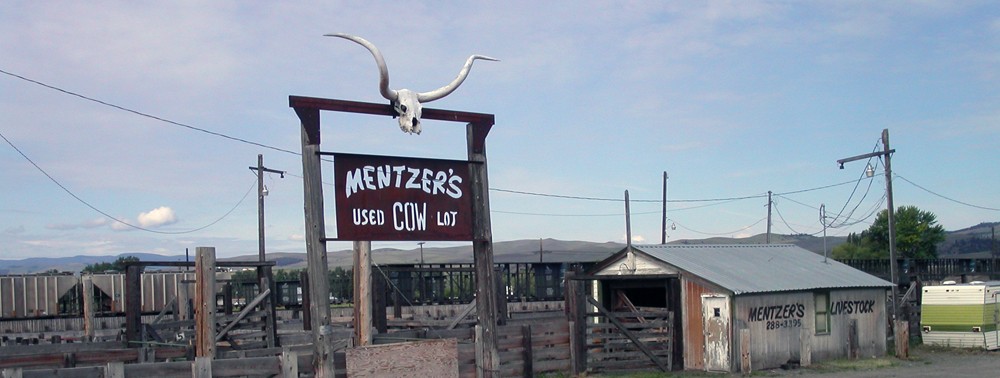
A Decatur, Ga., urban homesteading property featured in an Atlanta newspaper shortly after rehabilitation (upper left) and the same home in 2012 (lower right).
In late 2011 I was introduced to the intersection of gentrification and an innovative 1970s affordable housing program: urban homesteading. The population of 113 urban homesteading sites in Decatur, Ga., and the overlapping 123 teardowns I documented between 2011 and 2014 form a large part of the analytical core of my book on gentrification and demographic inversion in that city.
Since I my earliest first-hand exposure to the houses cities sold for $1 to qualified homeowners, I have visited former urban homesteading neighborhoods in Atlanta, Washington, and now, Baltimore. My experience in Decatur moved (for me, at least) urban homesteading and similar programs from the static pages of urban studies books and journals to a significant place in my thinking about displacement, neighborhood upgrading, and the politics of history in urban and suburban neighborhoods.















